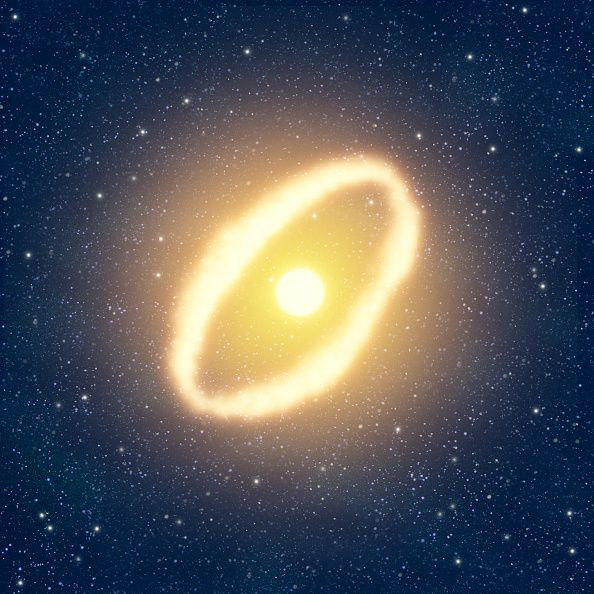Spinning Black Holes Are Like Whirlpools In The Ocean
Scientists have likened spinning black holes in space like whirlpools in the ocean, but with swirls of gas and dust.
Astronomers, according to Phys Org, say the spinning black holes generate disks of gas and dust, which are heated to hundreds of millions of degrees and glow in the x-ray light. Now, the astronomers have come up with a new technique to measure the motion of five supermassive black holes. This, they will be achieving by using data from NASA’s Chandra X-ray Observatory and chance alignments across billions of light years.
Phys Org said the astronomers took advantage of a natural phenomenon called a gravitational lens. Albert Einstein had predicted that with the right alignment, the bending of space-time by a massive object can enlarge and produce numerous images of a distant object.
Using Einstein’s prediction, the astronomers used Chandra data and gravitational lensing to study six quasars, with each comprising of a supermassive blackhole that rapidly consumes matter from the surrounding accretion disk.
Phys Org said gravitational lensing of the light from the quasars by an intervening galaxy has created multiple images of each quasar. “The sharp imaging ability of Chandra is needed to separate the multiple, lensed images of each quasar,” it said. Phys Org added that quasars are located about 8.8 billion to 10.9 billion light-years from Earth, with blackholes having masses of 160 to 500 million times that of the sun.
Furthermore, researchers took advantage of microlensing, a key advance, where individual stars in the intervening, lensing galaxy provided additional magnification of the light from the quasar. Phys Org explained that a higher magnification means a smaller region is producing the x-ray emission.

The authors found that x-rays, through their microlensing analysis, come from a small region where blackholes spin rapidly. “The results showed that one of the blackholes, in the lensed quasar called the Einstein Cross, is spinning at or almost at the maximum rate possible,” said the Phys Org. “This corresponds to the event horizon, the black hole’s point of no return, spinning at the speed of light, which is about 670 million miles per hour,” it said.
Researchers believe that the supermassive blackholes grew by accumulating most of their material over a period of billions of years from an accretion disk spinning with a similiar orientation and direction of spin. “The blackholes keep picking up speed like a merry-go-round that keeps getting pushed in the same direction,” they explained.
© Copyright IBTimes 2024. All rights reserved.





















